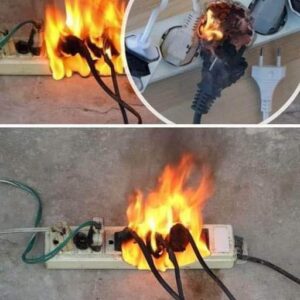The regional government wants to avoid severe episodes of scarcity like Catalonia has seen in the past four years.
Catalonia is planning to spend €2.3 billion by 2040 on solving its chronic water shortage problems.
The regional government has set itself the goal of “guaranteeing water security and ceasing to depend on rainfall”.
Last week, the region’s new President Salvador Illa presented an updated water management strategy which aims to avoid severe episodes of scarcity like Catalonia has seen in the past four years.
Desalination, leaky pipes and water circularity
Around half of the total amount has already been set aside for projects. One of these is the construction of a new seawater desalination plant in northern Costa Brava. Though there are no details yet about exactly where this plant will be, it will cost roughly €200 million and require some cooperation from the Spanish government.
It adds to the 12 desalination plants already planned by the previous president of the local government, Pere Aragonès. Another project involves diverting wastewater from the Besòs river to the Llobregat river so that it can be used there while the Besòs water treatment plants are being built. Work on water treatment plants in Mataró and Figueres is also being brought forward to help replenish aquifers and for use in agriculture.
“We have implemented a new management model. We are moving from a linear one to a circular one,” Silvia Paneque, Minister of Territory, Housing and Ecological Transition said when the plan was announced last Tuesday.
“A large amount of pre-drinkable water ends up in the sea and we have to pump it upriver to take advantage of it.”





